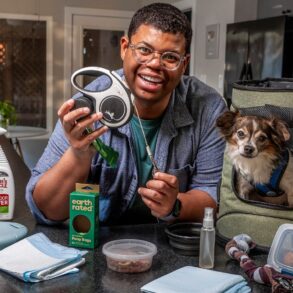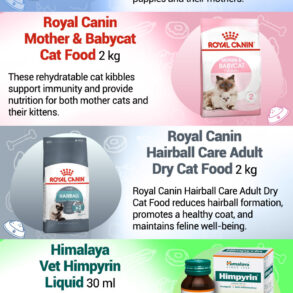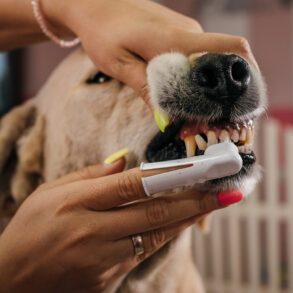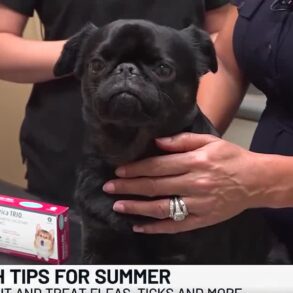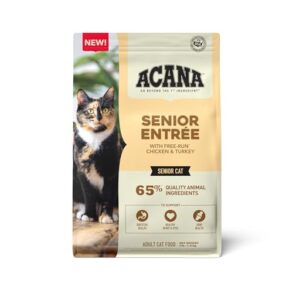
Editor’s note: Dr. Lee Pickett has retired, but Creators continues to distribute columns from her archive. This one is from 2021.
Q: My dog Frankie and I were at the dog park when another dog had diarrhea and the owner did a poor job cleaning up. Now I’m worried that every time we visit this dog park, Frankie may be exposed to parasites. Is this a valid concern?
A: Yes, so be sure you give him a broad-spectrum chewable or topical dewormer every month throughout the year. Since the monthly dewormers do not kill all intestinal parasites, take a fresh sample of Frankie’s stool to your veterinarian twice yearly for testing.
Research shows that as many as half of fecal samples from dogs that visit dog parks are contaminated with intestinal parasites, including roundworms, hookworms, whipworms, tapeworms and Giardia. Some parasites’ microscopic eggs survive in the environment for many years.
Frankie will ingest them when he licks his feet or picks up a tennis ball — that parasite eggs stuck to — when you throw it across the grass.
When humans inadvertently ingest these parasites, they can develop much more serious conditions than the diarrhea and vomiting that occurs in dogs. So, don’t touch your mouth, and wash your hands immediately on leaving the dog park.
Hookworm larvae can penetrate human skin, so always wear close-toed shoes rather than sandals to the dog park, and don’t sit on the grass.
A recent study of 288 dog parks in 30 cities around the U.S. found that 85% of the parks were contaminated with canine intestinal parasites. Of the 3,006 dogs that visited these parks and were tested, 21% were infected.
The most prevalent parasites identified in this study were Giardia, hookworms and whipworms, in that order. Although puppies under 1 year of age constituted only 12% of the dogs tested, 42% of them were infected.
Dog parks are important places for dogs and their people to socialize. If you continue visiting your dog park, gently remind people to pick up after their dogs, and ensure that poop bags, a trash container and hand wipes are always available.
Q: We bought glow-in-the-dark jewelry and glow sticks for our family Mardi Gras celebration. Our cat, Nola, was mesmerized by them, and when she bit into one of them, she immediately spewed foamy saliva, pawed at her mouth and acted crazy.
We rushed her to our veterinarian, who treated her and explained that these products are not very toxic to cats. If that’s true, why did Nola react the way she did?
A: Glow sticks and glow-in-the-dark necklaces and bracelets contain dibutyl phthalate, an oily liquid with an extremely bitter taste. As your veterinarian explained, it’s not highly toxic, but it tastes so terrible that cats profusely salivate, gag or retch, and many respond to the bitter flavor with hyperactivity and aggression.
With luck, Nola will no longer be attracted to glowing jewelry. But if she bites into it again, immediately offer her canned cat food, canned tuna liquid or milk to dilute the bitter chemical in her mouth and lessen its impact.
If the luminescent chemical is on her fur, wash it off so she won’t lick it when she grooms herself. You’ll spot it more easily if you check her in a darkened room.
This post was originally published on this site be sure to check out more of their content.







